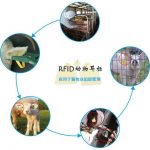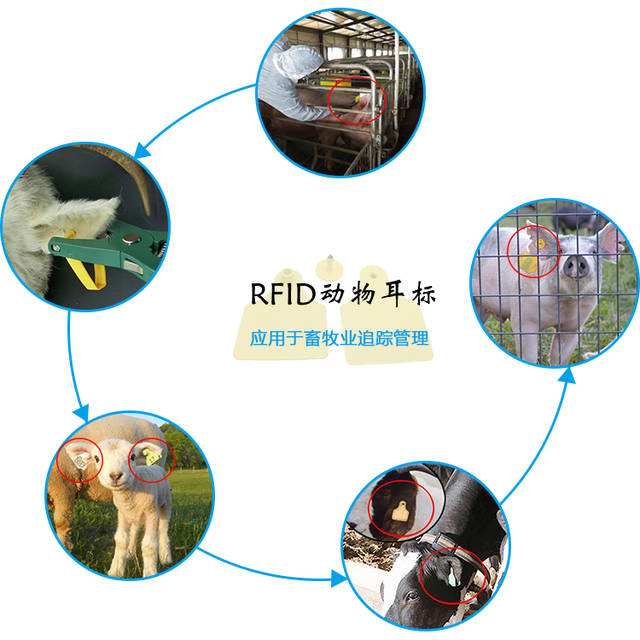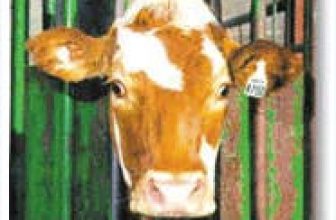
RFID animal husbandry management provides a scientific management mode
[ad_1]
With the application of RFID technology in many fields such as industry, medical treatment, and asset management. RFID technology has also been adopted in animal husbandry management. The animal husbandry breeding management combines RFID technology and uses RFID electronic tags as the carrier to automatically identify and collect animal husbandry data. So as to realize the scientific information of animal husbandry, and improve the level of animal husbandry management. The application of RFID technology in animal husbandry management has great prospects. The introduction of RFID technology into farm management has gradually solved many problems. RFID technology has played a very important role in understanding the species, epidemic situation and number of animals in a timely manner and improving management efficiency. The attention of people in the farm. RFID animal husbandry management provides a scientific management mode.
The management plan based on the application of RFID technology uses RFID tags to establish unique ID identification codes for animals, and enter the identity information of the species (such as: type, date of birth, feeding mode, and feed ratio information). Through the RFID mobile inspection handheld terminal device, daily data information (such as individuals, feeding status, epidemic prevention information, transportation information, slaughter information) of this species is collected and uploaded to the database for analysis, forming a complete traceability system.

Advantages of using RFID in animal husbandry management:
1. Fully automatic identification: the animal identification code is realized, so that the staff can easily obtain the growth, disease, quarantine, and transportation status of an animal through the handheld device of the system.
2. Efficient traceability: The system tracks the entire life cycle of the animal, records each link, and centrally backs up the data in the information management center. If an incident occurs, the system will automatically track the source of the incident animal Find it, which is convenient for managers to analyze.
3. Convenience: The system’s fully electronic data centralized management makes the search for a large amount of data completed by the server, saving a lot of manpower and incidents, and speeding up the response to incidents.
4. Security: This system uses a new generation of RFID electronic tags, which are specially designed for animals, with fast identification response time and low average failure rate, which can ensure the safety, timeliness and stability of the tag identification link In addition, we use high-performance and high fault-tolerant system servers, which can ensure the high stability, security and network transmission speed of the server, so as to realize the real-time transmission of the system and ensure the timeliness of information.
5. Improve management level: centralized management, distributed control; standardized supervision and management, reducing unnecessary links, so that the first incident of emergencies can reach the top management, so that the incident can be dealt with in a timely manner.
6. System scalability: Taking into account the future development trend and the promotion of information construction, the system design can easily realize the expansion of the system.
RFID technology tracks and monitors the breeding, transportation, and slaughter of animals. When an epidemic occurs, animals are traced. Through this system, the health department can trace animals that may be infectious to determine their attribution and history. The system can provide real-time, specific and reliable data for animals from birth to slaughter.
[ad_2]





